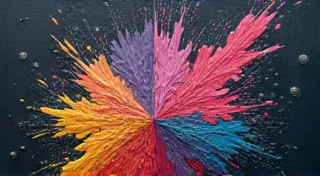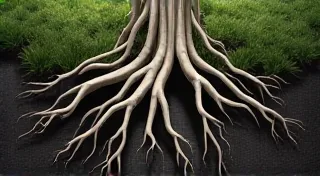Chromaturgical Residue: The Alchemy of Ink and Memory
There’s a peculiar reverence that settles upon you when you hold a vintage fountain pen. It’s more than mere appreciation for the craftsmanship; it’s a sense of connection to a history that’s been quietly etched into the very instrument you hold. We speak of chromaturgical residue – a term I’ve coined to describe the subtle, often invisible, traces of countless words, thoughts, and emotions that have permeated these pens over decades, sometimes centuries, of use. It’s the ghost of ink, the whisper of a hand long gone, the subtle hues embedded within the pen’s body and nib, imbued with the echoes of stories told.
Consider a well-loved Parker 51, its black barrel worn smooth by countless hours of writing, the gold trim subtly faded. Or a vibrant Waterman’s Ideal, its celluloid patterned with swirls that seem to shift and dance in the light. These aren't just objects; they are vessels – tangible records of lives lived and stories penned. I first realized the depth of this phenomenon years ago, while restoring a particularly venerable Conway Stewart Durbar. The pen was in rough shape, the ebonite cracked, the nib misaligned. As I meticulously cleaned and re-aligned it, I felt… something. Not a sensation I could easily articulate, but a quiet resonance, a subtle prompting.
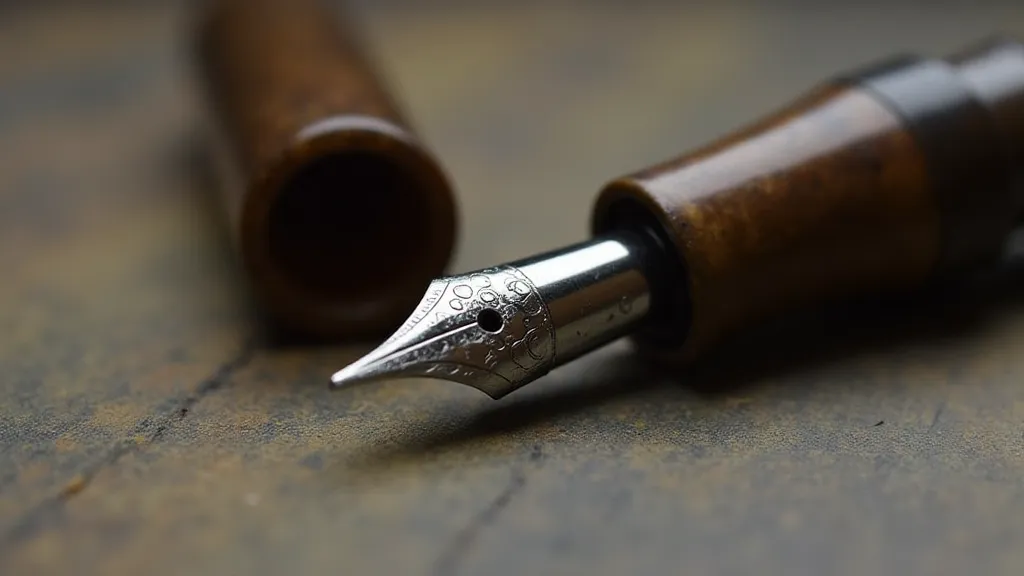
The pen had clearly belonged to someone with a strong personality. As I worked, snippets of sentences, phrases, even entire paragraphs began to surface in my mind—not *my* thoughts, mind you, but echoes of a writing style I couldn’t claim as my own. Was it simply my subconscious filling the void? Perhaps. But it felt deeper than that; it felt as though the pen was subtly guiding my own writing. When I started using the restored Durbar, my prose felt… different. More deliberate, more formal, tinged with a certain gravitas I hadn’t consciously intended. It was a fascinating and somewhat unsettling experience.
The Historical Context: A Legacy in Ink
The golden age of fountain pens, roughly from the late 19th century to the mid-20th century, coincided with a period of immense social and intellectual change. Pens were not mere tools then; they were status symbols, expressions of personal identity. Think of the writers, the diplomats, the poets, the artists, and the everyday people who wielded these instruments. They wrote letters of love and loss, drafted important legal documents, composed award-winning novels, and documented the events of their time. Each stroke of the nib left a tiny, invisible trace, contributing to the pen’s accumulated chromaturgical residue. It’s remarkable to consider how many stories remain untold, held captive within the very objects we now admire. Understanding this history further illuminates the allure that draws collectors to these treasured artifacts, sometimes feeling like they are hearing The Inkwell's Lament as they ponder the silent narratives held within.
The craftsmanship itself is a testament to a bygone era. Unlike many modern mass-produced items, vintage pens were often meticulously handcrafted. Ebonite, celluloid, hard rubber, precious metals – each material was chosen for its beauty, durability, and writing qualities. The nibs, often made of gold and iridium, were carefully ground and tested to achieve a specific flex or stiffness. The process required skill, patience, and a deep understanding of the materials. This dedication to quality is evident in the feel of the pen in your hand, the smoothness of the nib on paper, and the overall aesthetic appeal. The nuances of these materials and the artistry involved in combining them reveal a commitment to enduring quality, an ethos often lost in today's disposable culture.
The Psychology of Collecting: Seeking Connection
The allure of vintage pens isn’t solely about aesthetics or historical significance; it’s about the desire to connect with the past. Collectors aren't merely acquiring objects; they are acquiring fragments of stories, whispers of lives lived. There’s a sense of responsibility that comes with owning a vintage pen – a feeling that you are a custodian of a legacy. It's a quiet form of preservation, ensuring that these instruments are not forgotten, that their stories continue to be told. The value isn’t always monetary; it's often the emotional resonance, the feeling of bridging a gap across time.
The peculiar beauty of collecting vintage pens lies in its capacity to spark imagination and ignite memories. Holding a pen used by a famous author can conjure images of them at their writing desk, wrestling with words, crafting their masterpieces. While we can never truly know the lives of those who owned these pens, the pens themselves offer a tantalizing glimpse into their world. This sense of connection can be profoundly moving, even spiritual. And, importantly, it can fuel creativity. It's a pursuit that, like uncovering a hidden chamber, can reveal surprising perspectives and inspire a deeper appreciation for the human experience. Often, the search for these treasures unearths more than just pens – it uncovers Whispers From the Vault detailing the forgotten makers and the rich tapestry of their contributions to this art form.
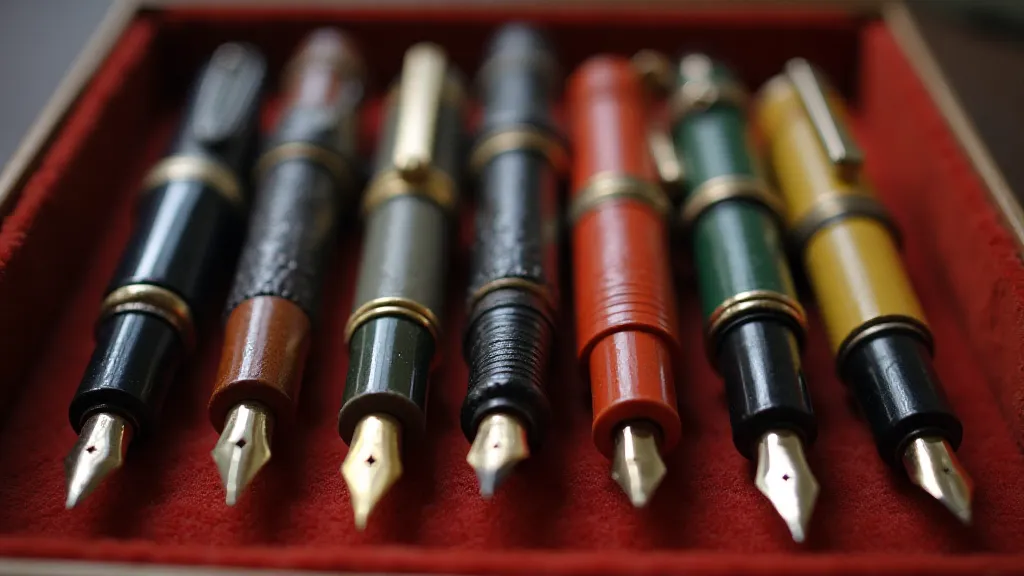
Chromaturgical Influence: Suggestion or Something More?
So, what is the nature of this “chromaturgical residue”? Is it merely the product of suggestibility? Are we unconsciously projecting our own desires and expectations onto these objects? It’s a valid question. The human mind is a powerful engine of pattern recognition, and it’s easy to imagine us finding connections where none truly exist. Perhaps the feeling of influence isn’t real; perhaps it’s an elaborate form of self-deception.
However, the sheer number of collectors who report similar experiences – feelings of connection, flashes of inspiration, subtle shifts in writing style – is compelling. Perhaps there’s something more at play. Perhaps the act of holding an object that has been used extensively by another person creates a subtle energetic link, a faint resonance that can influence our own thoughts and emotions. It’s a hypothesis, admittedly speculative, but one that warrants further exploration. It compels us to question the limitations of our understanding and to consider the possibility that objects can act as conduits, subtly impacting our creative process.
Think of music. A recording of a song isn't just sound waves; it carries the emotional weight of the artist’s performance, the ambience of the recording studio, the collective experience of all who have listened to it. Perhaps vintage pens function similarly – accumulating not just ink and paper fibers, but also fragments of human intention and emotion. This concept moves beyond the purely material and hints at a connection, almost mystical, between the creator, the tool, and the observer.
The interplay between the writer and the pen is a fascinating study in itself. Could the pen, imbued with the spirit of its previous owner, influence the hand that now wields it? It’s a question that challenges our understanding of creativity and the power of objects. The very act of writing, of translating thought into tangible form, is a deeply personal process. When we use a vintage pen, we’ve inherited a lineage, a history of creative expression that extends far beyond our own experiences. The subtle shifts in style and tone that some collectors experience could be attributed to a myriad of factors, including subconscious influence, heightened awareness, and the simple act of engaging with a beautifully crafted instrument. Ultimately, the subjective experience of using a vintage pen is what makes it so compelling—a window into the potential for connection and inspiration that exists within the physical world. Understanding the details of the materials and methods used in their creation also unlocks greater appreciation for the dedication involved, which is why exploring Chronicles in Copper offers unique insights.
Ultimately, the nature of chromaturgical residue remains a mystery. Whether it’s a product of suggestion, a subtle energetic link, or something else entirely, the experience is undeniably powerful. The act of holding a vintage pen, of connecting with the past, can be a source of profound inspiration and creativity. It's a reminder that we are all part of a larger narrative, that our lives are inextricably linked to those who came before us, and that even the smallest objects can hold the weight of history. The process of restoration, too, can be transformative, not only for the pen itself but also for the restorer who breathes new life into it. It’s a cycle of preservation, appreciation, and shared experience that transcends generations.
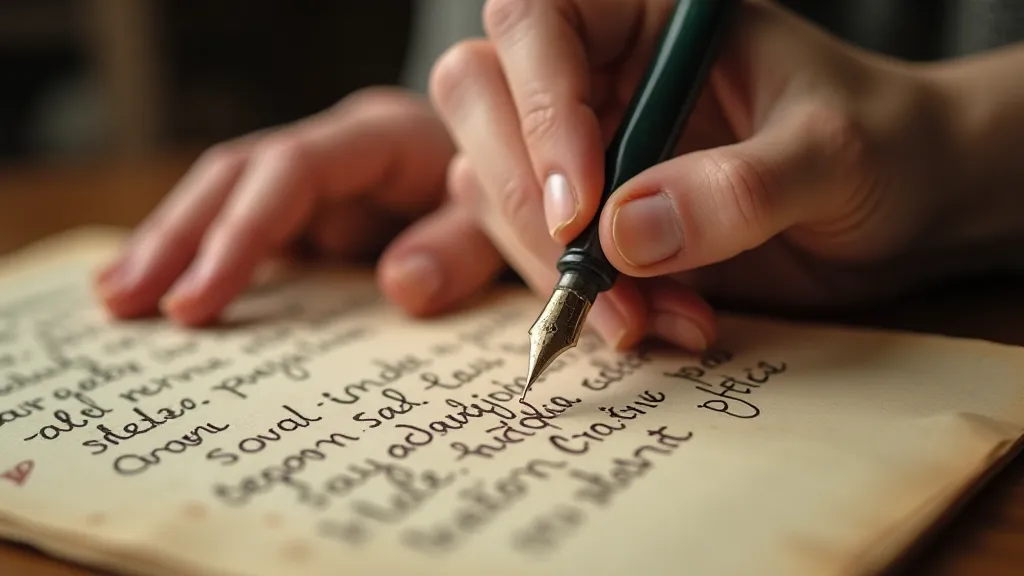
The next time you hold a vintage pen, take a moment to appreciate not only its beauty and craftsmanship, but also its history – the countless words it has written, the thoughts it has conveyed, the emotions it has witnessed. You might be surprised by what you discover. Perhaps a new perspective will emerge, a forgotten memory will resurface, or a creative spark will ignite. The possibilities are as boundless as the stories waiting to be told.
